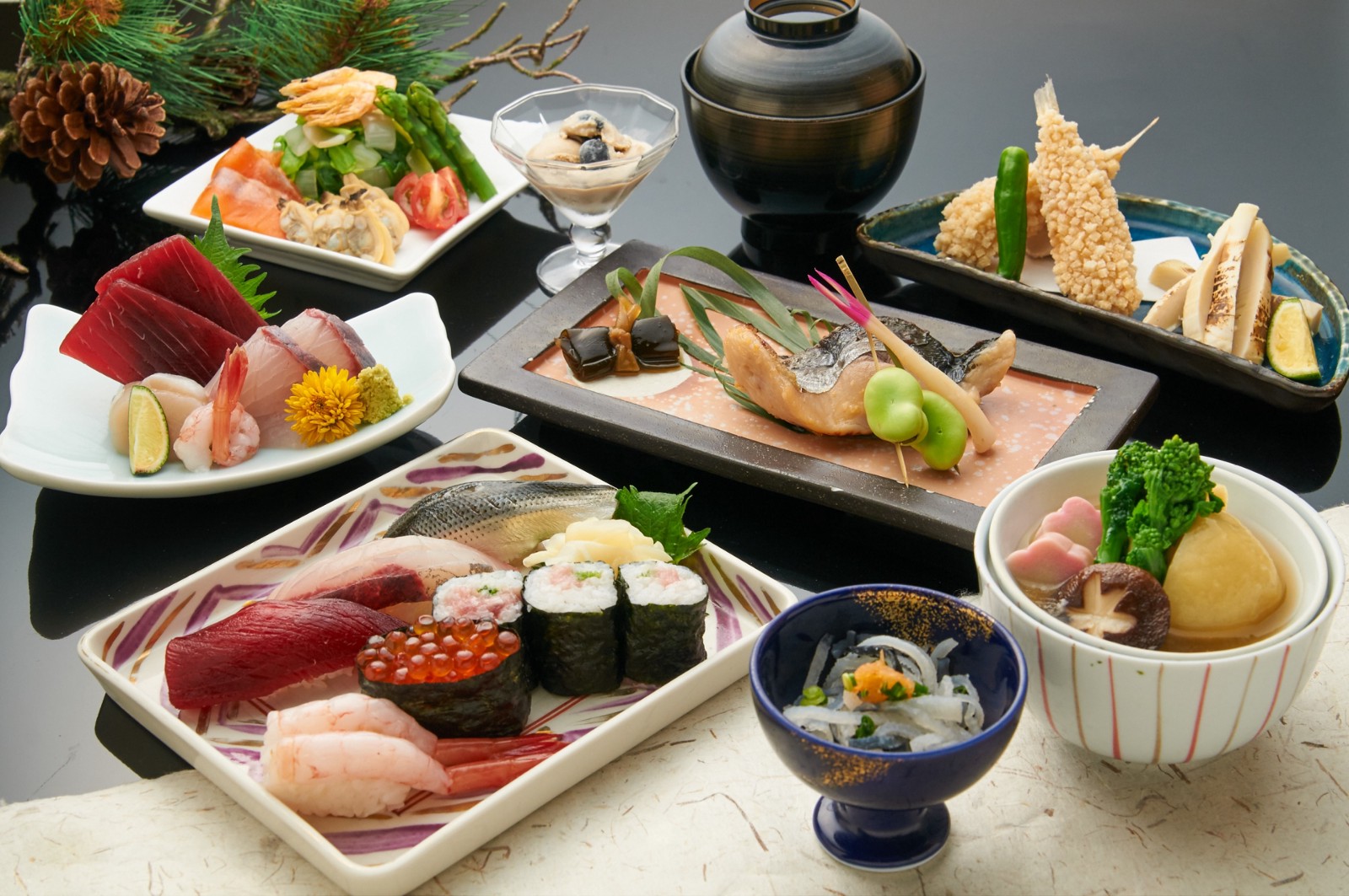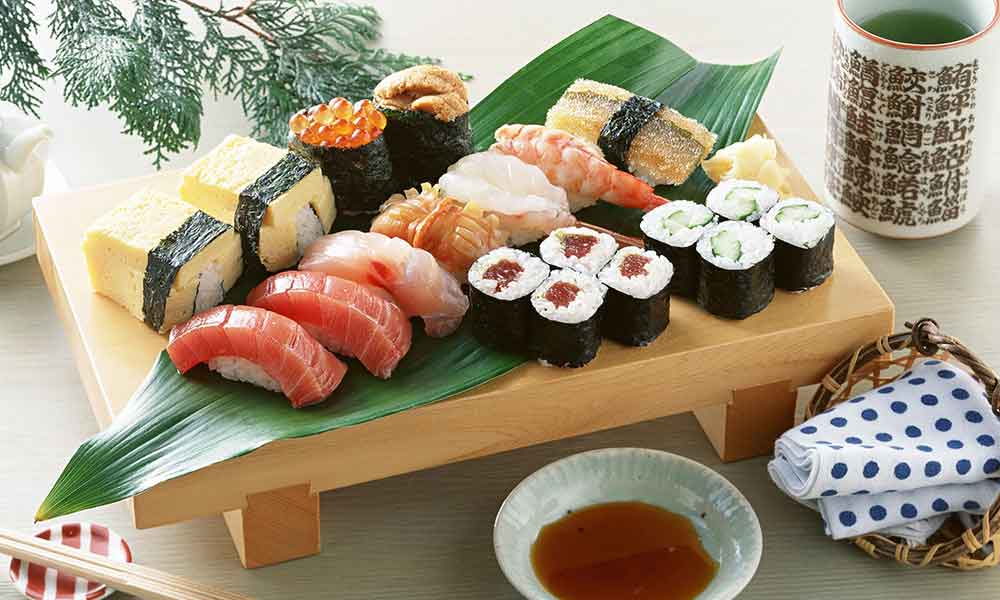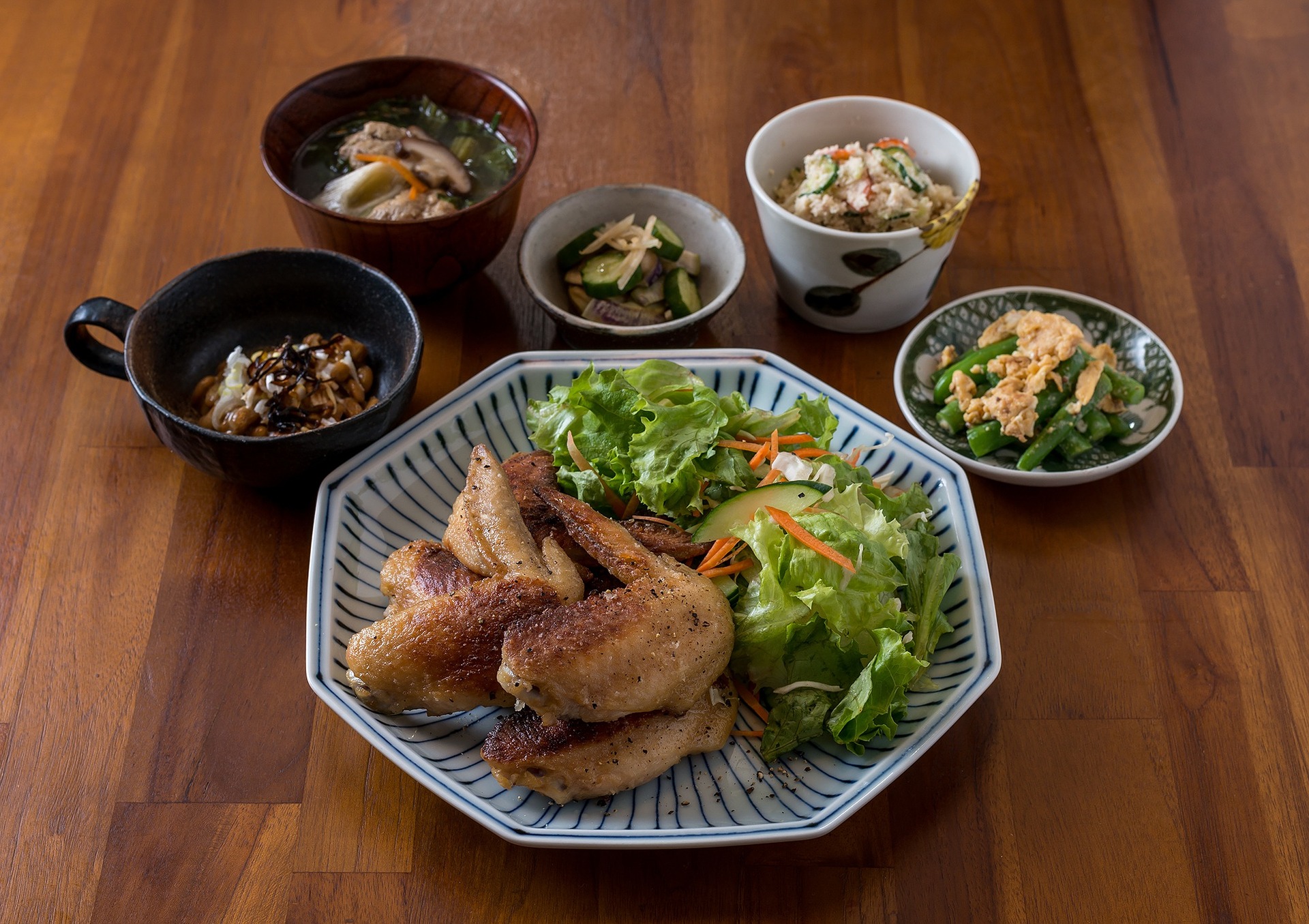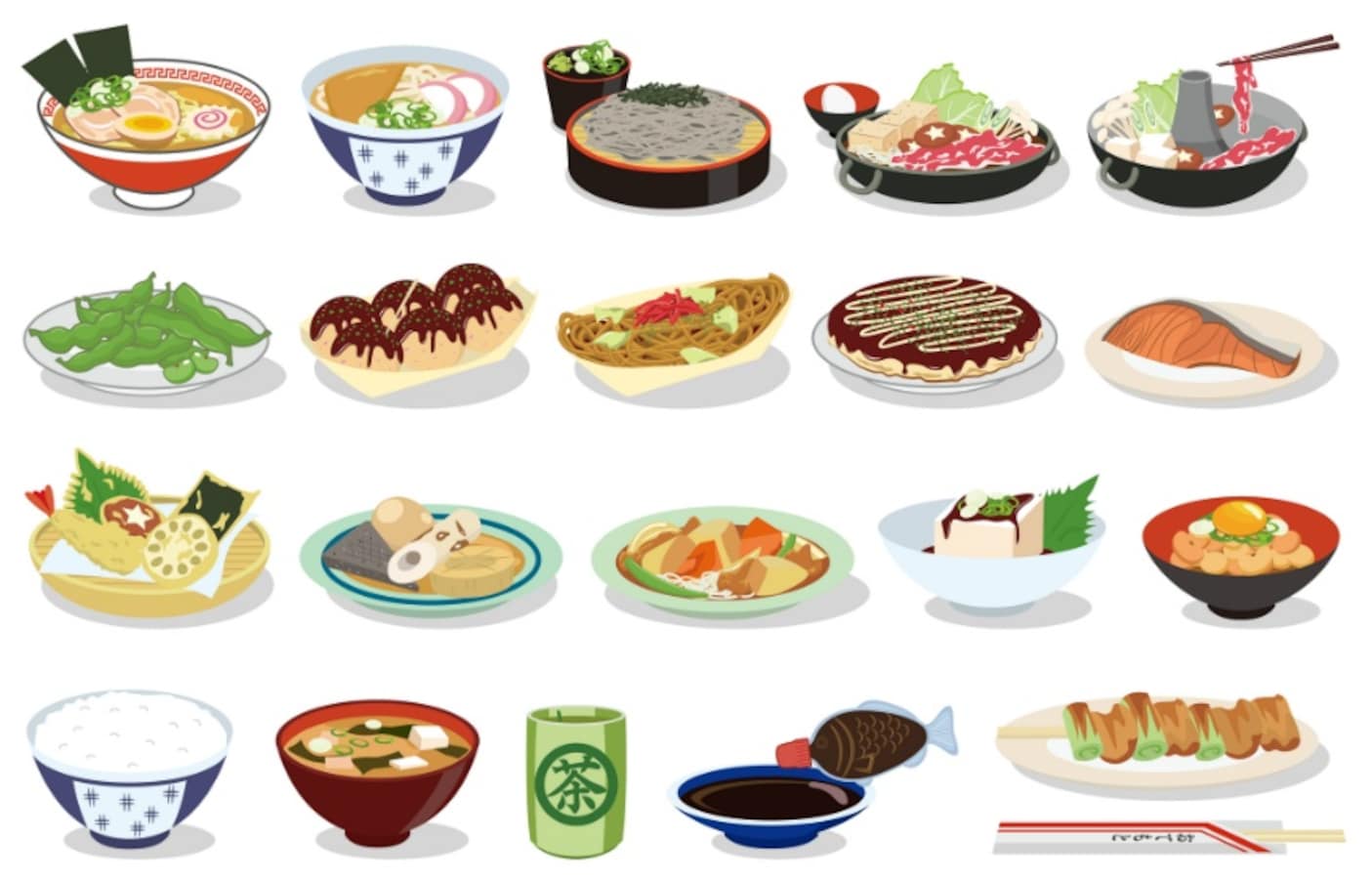Japanese Food Is Not Healthy
Wednesday, September 27, 2023
Edit

Japanese Food Is Not Healthy
What is Japanese Food?
Japanese food is a cuisine that has been shaped by centuries of tradition, with some dishes that date back thousands of years. It is characterized by its use of fresh ingredients, minimal seasoning, and a focus on preserving the natural flavor of the food. Japanese foods typically include rice, noodles, vegetables, fish, and various other ingredients. It is known for its unique flavors, textures, and presentation.
Why Japanese Food is Not Healthy?
Japanese food has long been revered for its healthy properties, but it may not be as healthy as people think. While traditional Japanese dishes are light and full of healthy ingredients, many of the foods eaten today are processed, deep-fried, or high in sugar. Many popular Japanese dishes, such as tempura, sukiyaki, and tonkatsu, are fried in oil, making them high in fat and calories. In addition, many Japanese dishes are served with a generous helping of white rice, which is high in carbohydrates and not very nutritious.
Risks of Consuming Japanese Food
Eating too much Japanese food can have a number of negative health effects. Eating a diet high in processed foods can lead to weight gain and an increased risk of diabetes, heart disease, and other chronic illnesses. Additionally, consuming too much fried food can lead to a higher risk of stomach cancer. And because many Japanese dishes are served with white rice, a diet high in refined carbohydrates can lead to a spike in blood sugar levels.
Healthier Alternatives to Japanese Food
If you love the flavors of Japanese food, there are still ways to enjoy them without the risks. Look for dishes that are steamed or grilled instead of fried, and choose brown rice as a healthier alternative to white. Look for dishes that are made with fresh fish, vegetables, and other nutrient-rich ingredients. Additionally, you can increase the nutritional value of your food by adding fresh herbs and spices to your dishes.
Conclusion
Japanese food can be a delicious addition to your diet, but it is important to be mindful of the health risks. Look for dishes that are made with fresh ingredients, and choose healthier alternatives when possible. If you do choose to eat traditional Japanese dishes, be sure to limit your portion sizes and watch your overall calorie intake. With a few simple adjustments, you can still enjoy the flavors of Japanese food without compromising your health.
11 Japanese Foods You Should Try During A Visit To Japan

Japanese Food Free Stock Photo | FreeImages

10 Weirdest Japanese Food - Japan Web Magazine

Try Authentic Japanese Food - Beyond Sushi, Across India

Top 5 healthy Japanese foods - HealthAndLife

Healthy Japanese food: 11 Japanese dishes you must try

Healthy Japanese food: 11 Japanese dishes you must try

5 Weird Japanese Foods That May Shock You | Guidable

Japanese Foods to Know Before You Go | All About Japan

100 Japanese Foods to Try | All About Japan
